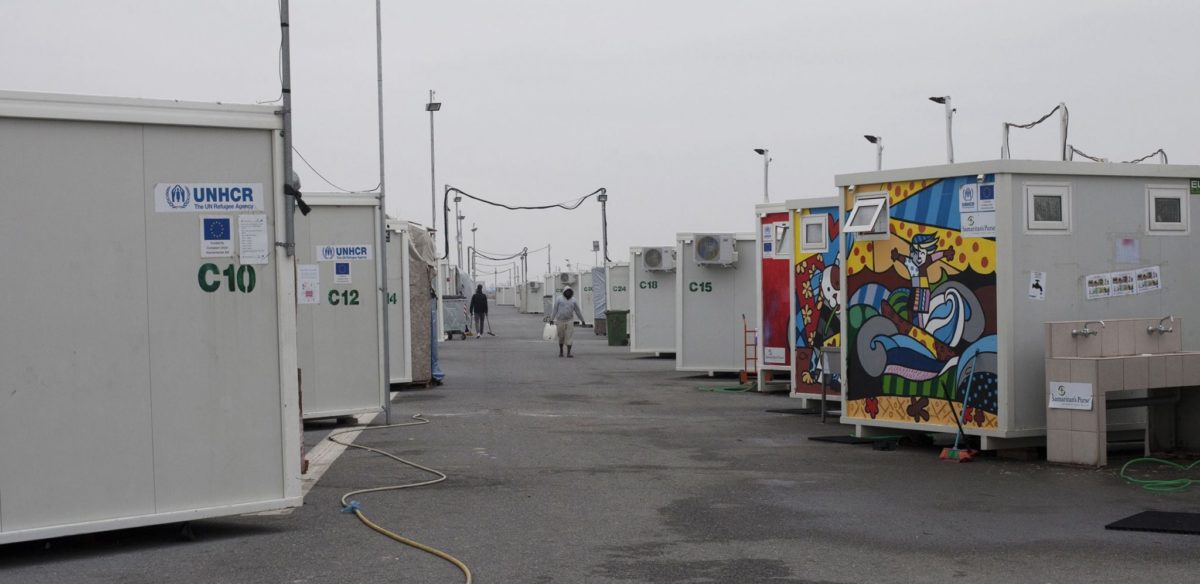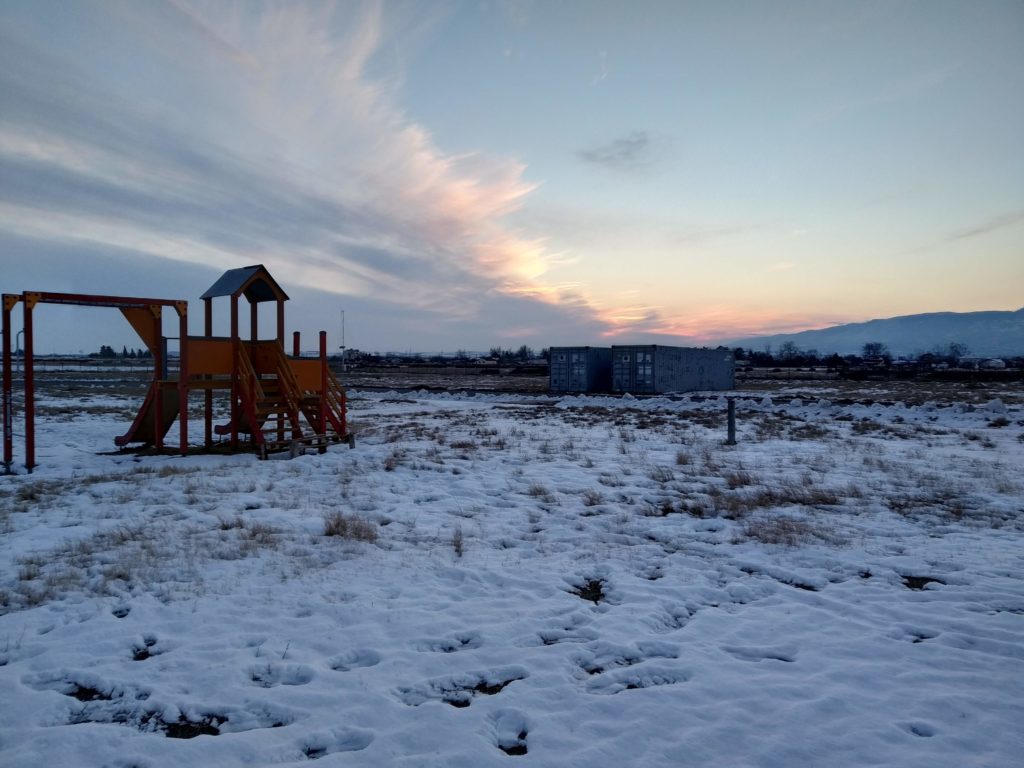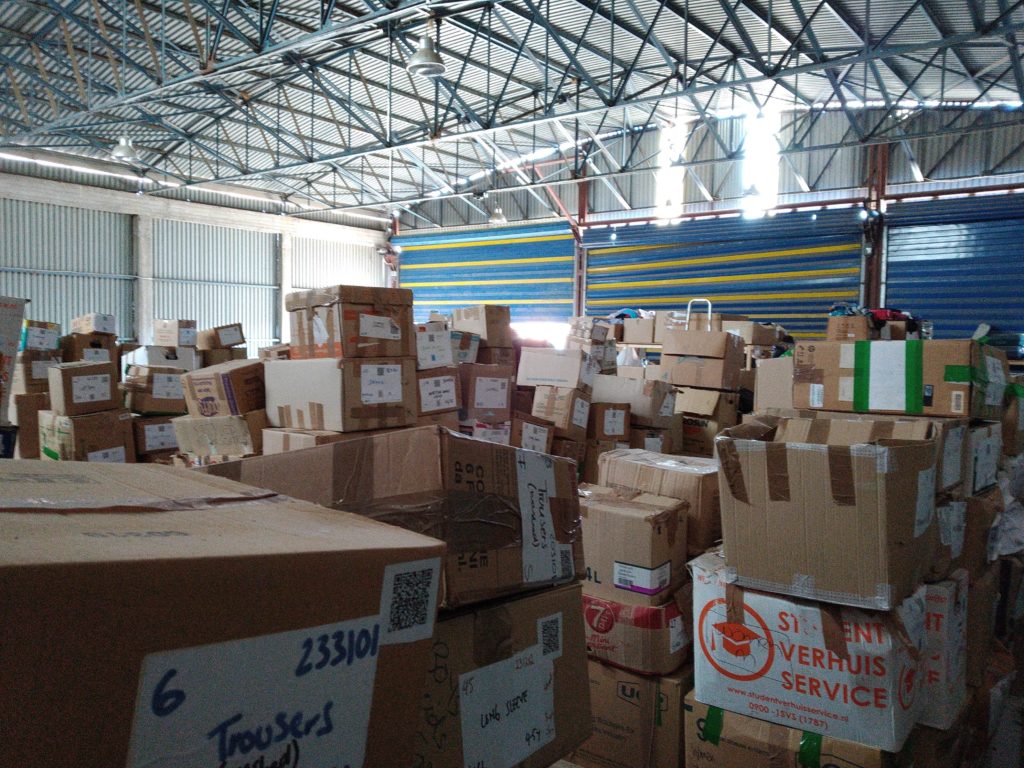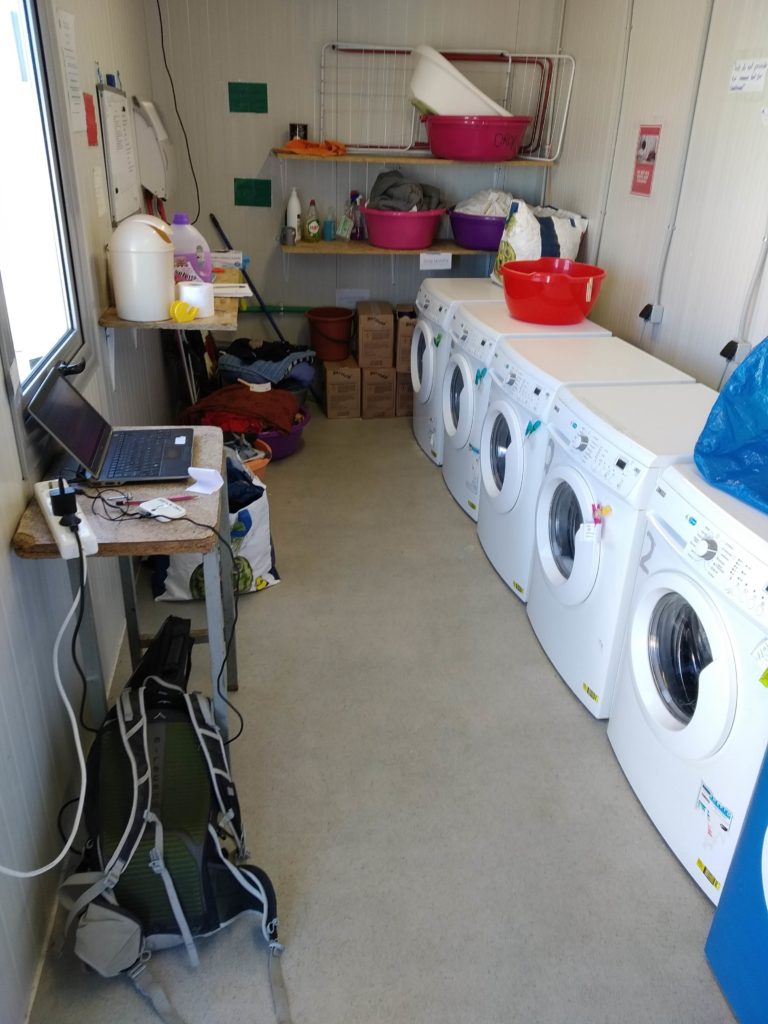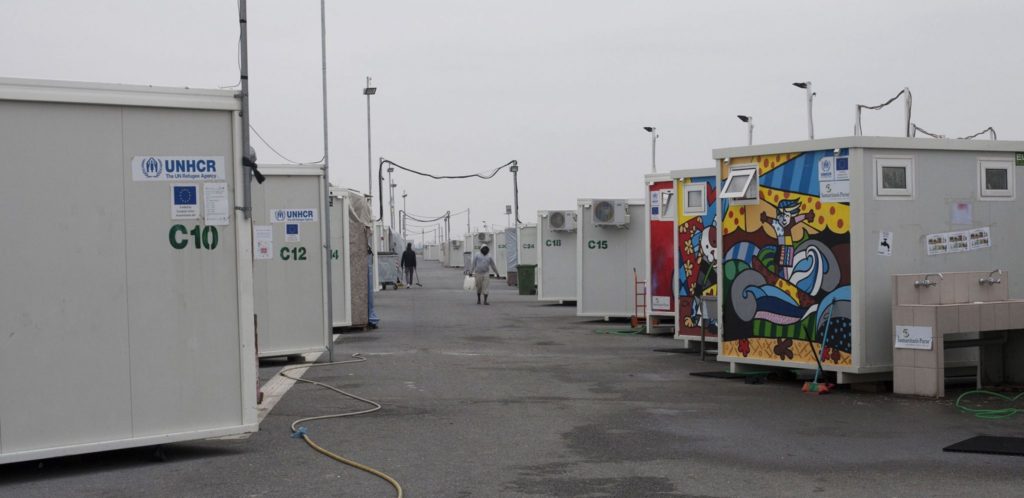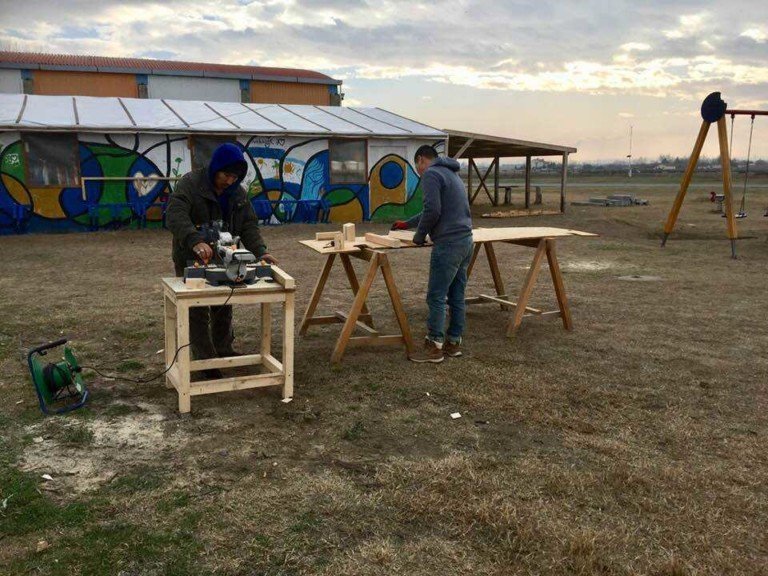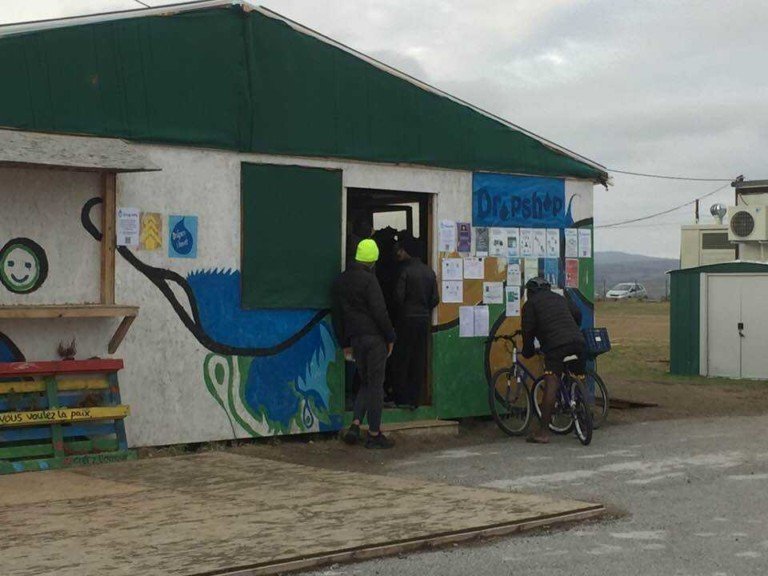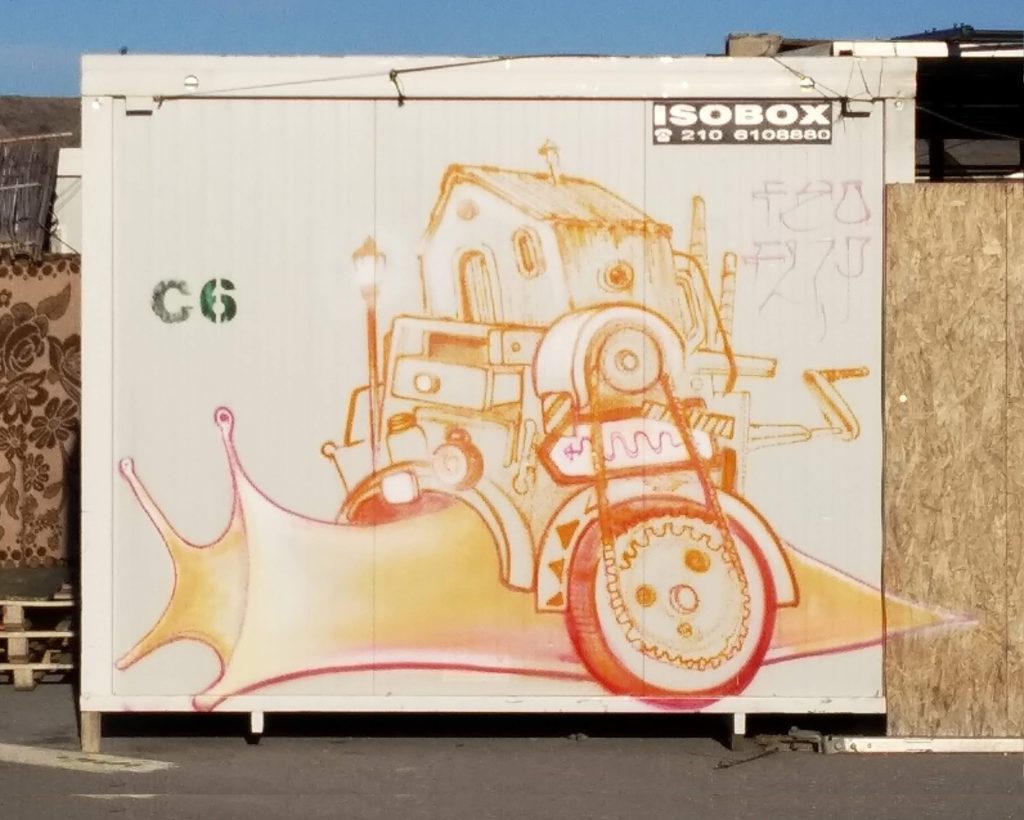When I started my journey into #techforgood, my plan was primarily to break out of London bubble of financial tech and learn as much as I could.
I had stumbled across the folks at Indigo Volunteers who connect volunteers with organisations fee-free, and were working with many refugee related projects. I already had a plan to meet my sister on her epic cycling journey in northern Greece for Christmas, so Indigo introduced me to Drop in the Ocean, a Norwegian NGO operating in Greece since 2015.
To be frank, I didn’t expect this to apply many of the skills I’d developed whilst building a financial technology business. However, I hoped that by exploring worlds and challenges far outside my experience, the more chance I stood at figuring out where I could fit within it to have impact. Either way, I’d undoubtedly have learnt a lot and hopefully done something good along the way.
So in early January, after driving in heavy snow along roads entirely unsuitable for my cheap, snow-chain free car rental, I made it to Polykastro and the refugee camp Nea Kevala, in northern Greece.
As volunteers with Drop in the Ocean, we were responsible for delivery of many front-line services in the camp, from organising and running a regular ‘market’ of both food and clothing, sorting donated goods in the warehouse, running a laundry service, renting out bikes, repairing bikes and providing tools for DIY work.
To do this, they relied on a technology platform (now called Boxwise) – particularly interesting for me, and one of the reasons I chose the camp. This enabled us to distribute goods in a more dignified manner – allowing residents to ‘buy’ what they needed by spending virtual currency in a physical shop in the camp, rather than be given goods essentially at random. More on that in part 2!
Volunteers would stay for a couple of weeks at a time, rolling off & on every few days, with a couple of longer-term volunteers coordinating, supporting the volunteers and building stronger relationships with those in the camp.
A time in limbo
The camp was first created when the borders to the Republic of North Macedona were closed in 2016, leaving many thousands of refugees stranded.
At the time I was there, there was a relatively stable population of around 500, living in shipping containers. Farsi, Arabic, French and Kurdish were all spoken in the camp, with residents coming from Iran, Iraq, Syria, Eritrea, the Congo to name a few.
The biggest surprise for me was just how long a period of limbo the residents were facing – having requested asylum, many were being given appointments for 2021 and 2022 before their claims would even be assessed.
So many of the residents were warm and friendly, you could briefly forget the hardship so many of them have been through – and the state of limbo they now faced. There could be understandable frustration and for some, far more significant issues, with limited support to resolve them, and sadly boiling over into violence and crime for some.
Since I visited the camp in January, the population of New Kevala camp grew to 1100 in the space of a few weeks, and sadly the security situation in the camp has deteriorated to the extent that Drop in the Ocean have had to suspend operations there.
Meanwhile on the Greek islands, you have almost 11,000 people crammed into Moria, the main refugee settlement on Lesbos, originally designed to host 3,000 at most, and described as “the worst refugee camp on earth” by the MSF.
How can we help?
If you’re interested, I have a few suggestions to get you started.
- In the UK, chat to the folks at Code your Future, who are supporting refugees and disadvantaged individuals with the dream of becoming developers. In Athens, there is the Social Hackers Academy working to do the same.
- Join the project I’m now involved in at Boxwise as a volunteer engineer, or check out organisations like Techfugees.
- If you have the time, I’d also encourage you to volunteer directly. It won’t utilise your tech experience directly, but particularly if you want to build technology solutions to help, then understanding the challenges these refugees face first-hand is critical.
The full quote from Drop in the Ocean:
The situation in Nea Kavala refugee camp has been very tense and unstable for the past months, especially after the number of residents increased from around 500 up to 1100 in a very short period of time. 156 residents are still living in tents. Unfortunately the situation is deteriorating. As the community leaders informed us, residents in camp feel unsafe as there is a major lack of security, an absence of sufficient psycho-social support and ineffective law enforcement. There were several incidents when volunteers and residents were threatened by a handful of other residents. The events were of such severity that we fear people inside the camp can be seriously harmed. We heard testimonies of residents feeling afraid to use toilets that are just a few meters away.
At this moment, the situation in camp is not safe enough to either live or work in. Therefore, we made the decision to temporarily stop the activities in the camp and to do what we can from the outside. Meanwhile, we have reported all incidents to the Ministry of Migration and to the DRC, who is the Camp Management Support. Unfortunately, there are no signs that action will be taken soon.
We are concerned about the people who are living in the camp as the security issues are getting worse and nothing seems to change anytime soon. We worry about the residents’ security, well-being, and we know that the services we normally provide are deeply missed. We will continue to push the authorities and camp management to find a solution, and once that is achieved, we are ready to continue our services inside the camp.
Drop in the Ocean
